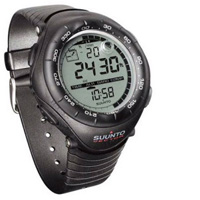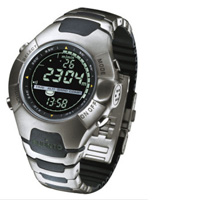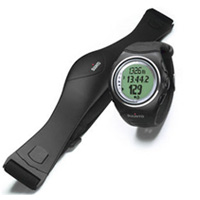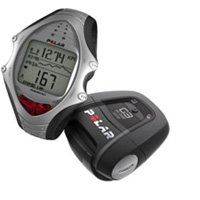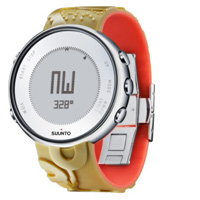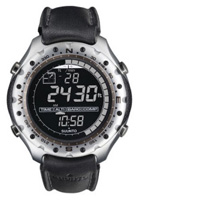We all shoot photos while touring but most of the time we just shoot without any real focus, and I don’t mean the focus function on your camera.
To give us all more purpose when snapping pictures here is a little contest that is very fitting for this website:
Submit a photo of a skin track with a little write up and win a brand new Ortovox Grizzly 1 snow shovel from BackcountrySafety.com that is providing the prize.
7 simple contest rules
1. Submit one photo in JPEG (or jpg) format, taken by you, where a skin track plays a major role in the composition of your picture. (Please, submit photos that are at least 600px wide and 400px tall.)
2. Send it to “info(at sign here)skintrack.com” between December 17, 2009 and January 7, 2010 – you have 3 weeks.
3. With the photo, write (in your email) a short description to answer these:
- Where and when the photo was taken? (month and a year is sufficient)
- A short story (2-3 sentences), why did you to take the photo right there and then?
4. The photo can be from within the 3 weeks of the contest or earlier, it is up to you.
5. Please, reveal at least your first name in your email.
6. The winner will win Ortovox Grizzly 1 snow shovel and will be announced on the SkinTrack website as well as contacted via email. Shipping or delivery is free.
7. By submitting your photo you grant me a permission to use your photo in a “skin track contest” gallery that will be published after the contest. That way, we will all see each others photos and can learn from them.
How your photo will be judged and who are the judges?
If you don’t have a professional camera don’t worry. We won’t be judging too much by picture visual quality, however, the photo shouldn’t be blury either. Any point-and-shoot camera with about 4-5 mega pixels can do the trick if you give it a decent try.
And there really is no rule on what the mood of the photo should be. It can be funny or sunset style. Or it can be from the woods or a wind blasted ridge. It can be a fresh skin track or an old one. The mood and feel is up to you and you can be as creative as you want.
There are three judges for this contest:
- John Baldwin, the legendary mountain explorer on skis and a great photographer himself. You can visit his website – www.johnbaldwin.ca – for some inspiration.
- James Minifie, a friend and a ski mountaineering, who came up with this contest idea. (I only refined it.) James also shared his story about switching from tele to AT gear for racing purposes here on SkinTrack.com
- And the last judge is myself. I don’t claim to know much about photography but I find skin tracks quite defining as they can tell a lot about people that set them. Also, to some degree they are a form of art.
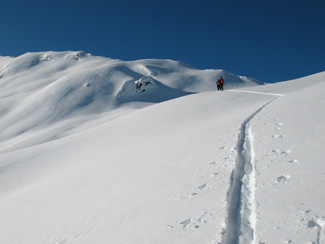
Author name: Stano
Taken: on Cheops at Rogers Pass on December 2009
Why?: I took the photo because it was most likely the first skin track of the season in that area and because it was my first time there.
Any questions?
If you have any questions about this contest please ask them via the comments box below as the answers can be useful to others as well.
Thank you for participating and have fun.


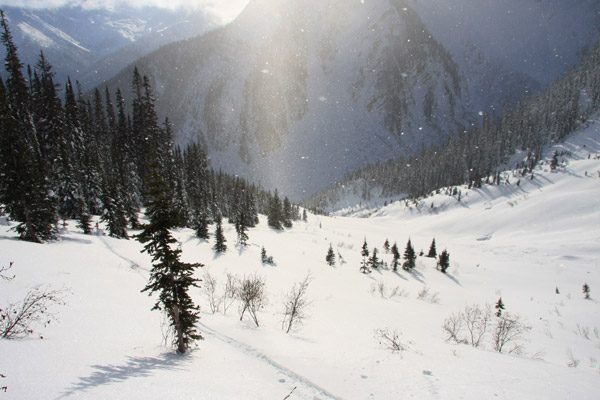
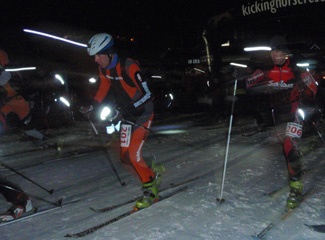

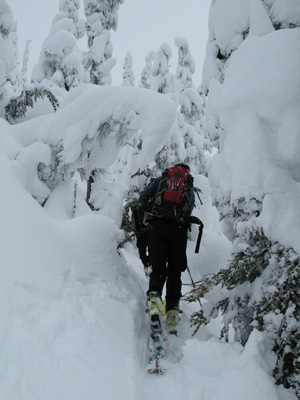 The first official training camp for Team Canada was in Canmore in mid-September, 2009. It was hosted by one of our Canadian skimo speedsters Steve Sellers. The aim was at getting to know each more and spending time training the engines.
The first official training camp for Team Canada was in Canmore in mid-September, 2009. It was hosted by one of our Canadian skimo speedsters Steve Sellers. The aim was at getting to know each more and spending time training the engines.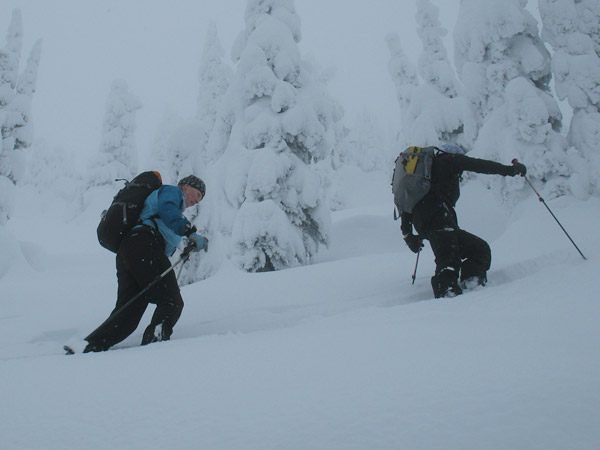

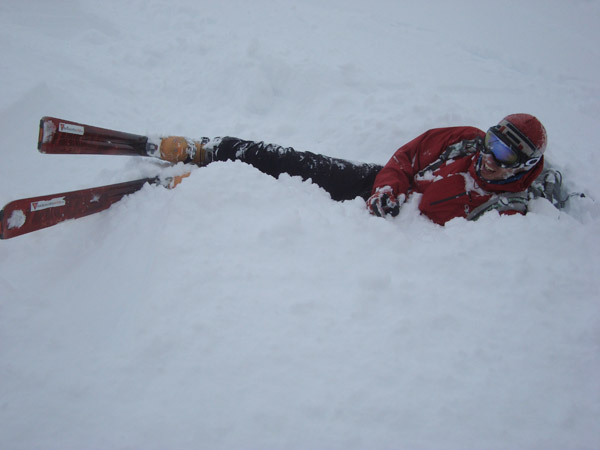
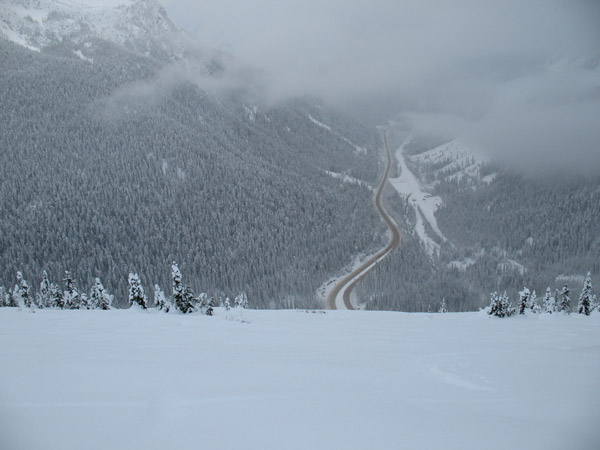
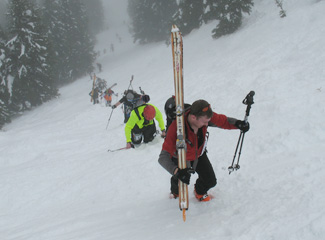 You can challenge yourself many ways. For me, ski mountaineering racing is one of the ways I like to challenge myself during winter months.
You can challenge yourself many ways. For me, ski mountaineering racing is one of the ways I like to challenge myself during winter months.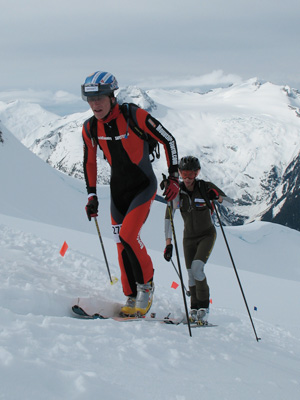
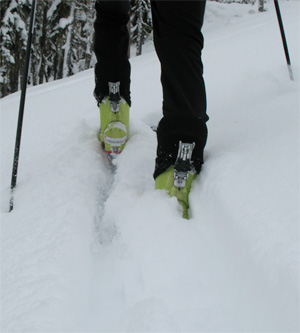
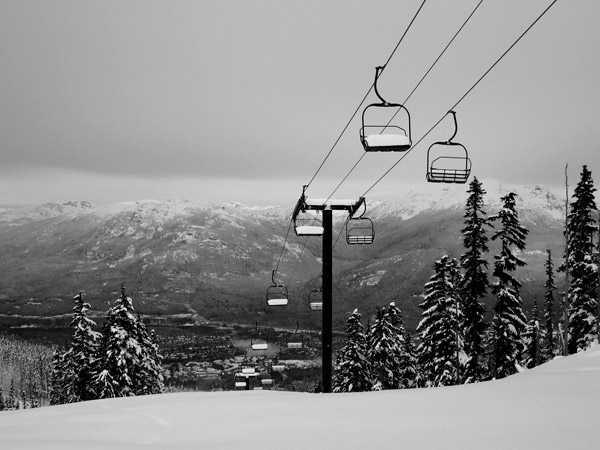






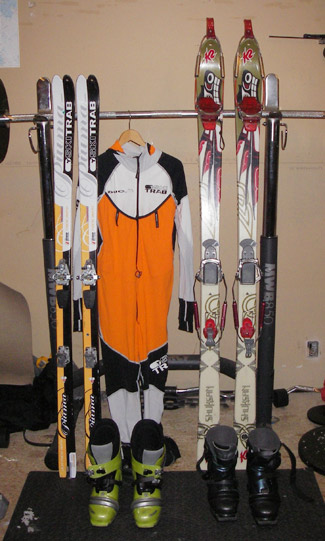
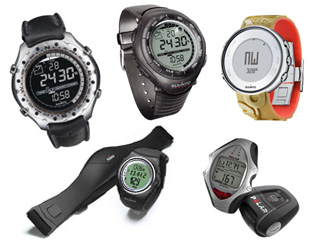 This article is an extension of “
This article is an extension of “